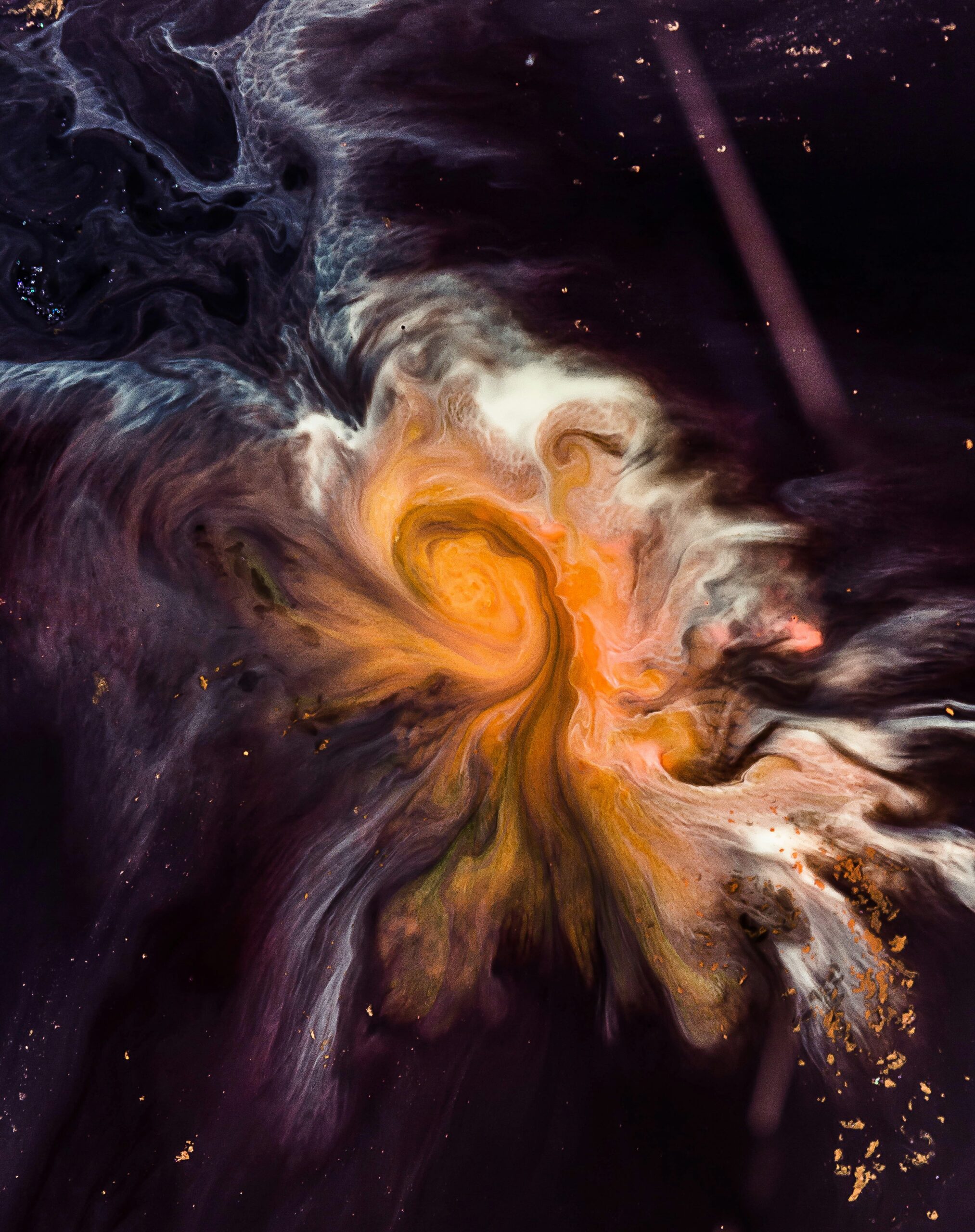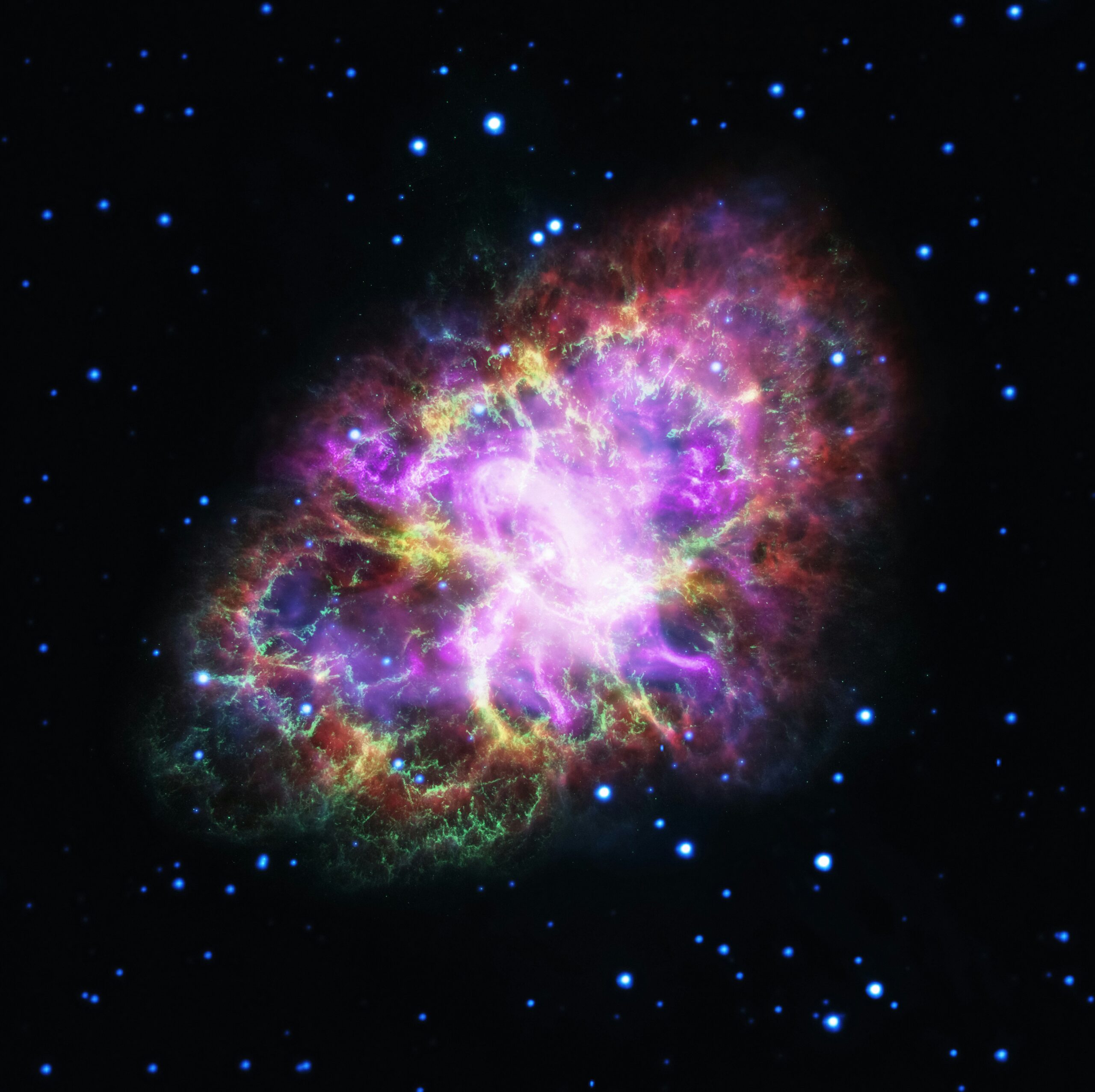Introduction to the Discovery
Recent advancements in astronomical research have led to the identification of hidden ‘companions’ around eight bright stars, a discovery that marks a significant milestone in the field. These companions, often referred to as stellar neighbors or secondary stars, are celestial bodies that orbit around a primary star, forming a binary or multiple star system. The discovery of these companions was made possible through the use of sophisticated observational techniques and cutting-edge technology, which allowed astronomers to detect these otherwise elusive objects.
The identification process involved the use of high-resolution imaging and spectroscopic analysis. These methods enabled scientists to observe the subtle gravitational effects that the companions exert on their primary stars. By meticulously analyzing these data, astronomers were able to infer the presence of the hidden companions, despite their faint visibility. This breakthrough was achieved with the help of instruments such as the Hubble Space Telescope and the European Southern Observatory’s Very Large Telescope, among others.
The significance of this discovery lies in its potential to enhance our understanding of stellar formation and evolution. Binary and multiple star systems are relatively common in the universe, and studying them can provide valuable insights into the dynamics and life cycles of stars. Additionally, the presence of hidden companions can influence the habitability of surrounding exoplanets, making this research crucial for the ongoing search for extraterrestrial life. By uncovering these hidden companions, astronomers have opened new avenues for exploring the complexities of star systems, contributing to a more comprehensive understanding of our cosmos.
The Methodology Behind the Discovery
Astronomers employed a combination of sophisticated techniques and state-of-the-art instruments to uncover the hidden companions around the eight bright stars. Central to this groundbreaking discovery were advanced telescopes, including the Hubble Space Telescope and the Very Large Telescope (VLT), which provided the high-resolution imaging necessary to detect these elusive objects.
One of the key techniques used was adaptive optics, which compensates for the distortion caused by Earth’s atmosphere, allowing for clearer and more detailed images of celestial bodies. This technology was pivotal in distinguishing the faint companions from the glare of their primary stars.
In addition to adaptive optics, astronomers utilized the method of radial velocity measurements. By observing the Doppler shifts in the light from the stars, scientists could infer the presence of unseen companions through the gravitational influence they exert on their host stars. This technique has been instrumental in detecting exoplanets and binary star systems.
Another crucial tool in this discovery was direct imaging, which involves capturing images of the companions themselves. This method, though challenging due to the significant brightness difference between the stars and their companions, was made possible through the use of coronagraphs. These devices block out the light from the primary star, allowing the dimmer companions to be seen.
Data analysis played an equally important role in this discovery. Advanced algorithms and machine learning techniques were employed to sift through vast amounts of observational data, identifying subtle patterns and signals indicative of hidden companions. This meticulous process ensured that the findings were both accurate and reliable.
Notably, the research involved collaboration among several observatories and research teams, including those from the European Southern Observatory (ESO) and NASA. This collective effort underscores the importance of international cooperation in advancing our understanding of the cosmos.
Characteristics of the Hidden Companions
The recently discovered hidden companions around eight bright stars exhibit a range of intriguing physical and orbital characteristics. These celestial bodies vary significantly in size and mass, contributing to diverse compositions and distances from their host stars. The dimensions of these companions span from those comparable to large gas giants to masses akin to brown dwarfs. This breadth in characteristics underscores the complexity and variety present in the cosmos.
In terms of size, some of these companions are believed to be several times larger than Jupiter, the largest planet in our solar system. Their masses also show considerable variation, with some companions exhibiting masses that place them on the boundary between massive planets and low-mass brown dwarfs. Brown dwarfs are often described as “failed stars” because they possess insufficient mass to sustain hydrogen fusion reactions in their cores, yet they exceed the mass of typical gas giant planets.
Compositionally, these hidden companions are thought to consist primarily of hydrogen and helium, much like the gas giants in our own solar system. However, the potential presence of heavier elements and compounds cannot be ruled out. The exact composition of these companions remains a subject of ongoing research, as astronomers utilize advanced observational techniques to gather more detailed data.
The orbital distances of these companions from their host stars also exhibit a wide range. Some companions orbit very close to their stars, within a few astronomical units (AU), while others are situated at much greater distances, comparable to the outer regions of our solar system. This variation in orbital separation suggests diverse formation histories and dynamical interactions with their host stars and other celestial bodies in their respective systems.
When compared to known celestial bodies, these hidden companions occupy an intriguing niche. They are neither typical planets nor full-fledged stars but share characteristics with both. Their discovery sheds light on the diverse population of objects that exist in the universe, challenging our understanding of celestial formation and evolution.
Implications for Stellar Evolution
The recent discovery of hidden companions around eight bright stars offers significant insights into the complexities of stellar evolution. These companions, often other stars or brown dwarfs, play a crucial role in the life cycle of their host stars. Understanding these relationships enriches our comprehension of stellar dynamics and the broader mechanisms at play in the cosmos.
One of the primary aspects is mass transfer, a process where material from one star is accreted by its companion. This phenomenon can significantly alter the evolutionary path of the stars involved. For instance, in a binary system where one star evolves faster, it can transfer mass to its companion, potentially rejuvenating the recipient star or leading it to become a more massive star than it would have been otherwise. This mass exchange can affect the luminosity, temperature, and spectral type of the stars, thereby influencing our observations and classifications.
Stellar winds, the streams of charged particles ejected from a star’s outer layers, are also impacted by the presence of companions. In systems with close binary stars, the gravitational pull from the companion can shape these winds, leading to complex wind patterns and interactions. These interactions can result in enhanced mass loss rates and the formation of circumstellar material, which plays a crucial role in the chemical enrichment of the interstellar medium.
Furthermore, the presence of companions can dictate the final stages of stellar evolution, including supernova events. In massive binary systems, one star may explode as a supernova, potentially triggering a similar fate in its companion. Alternatively, the companion might remain intact but significantly altered by the shockwave and material from the supernova. These dynamics are essential for understanding the distribution of elements in the galaxy and the formation of neutron stars and black holes.
Overall, the discovery of these hidden companions underscores the necessity of considering stellar multiplicity in models of stellar evolution. It highlights the intricate interplay of forces and processes that shape the life cycles of stars, enriching our understanding of the universe’s stellar population and its evolution over time.
Impact on Exoplanetary Studies
The discovery of hidden companions around eight bright stars significantly impacts the field of exoplanetary studies. These companions, often smaller stars or large planets, can influence the search for and analysis of exoplanets by creating additional gravitational forces and light variations. Such factors can complicate the interpretation of data collected through methods like the transit or radial velocity techniques. When a celestial body orbits a star, its gravitational pull can cause the star to wobble slightly, which is often a key indicator of an exoplanet. However, a hidden companion could generate similar effects, leading to potential misidentifications or overlooked exoplanets.
Furthermore, these companions contribute to the overall dynamics of the star system. By understanding their presence, astronomers can better model the environment in which exoplanets may exist. For instance, a binary star system, where two stars orbit each other closely, creates a complex gravitational landscape that can impact planetary formation and stability. This knowledge is essential for accurately determining the habitability and characteristics of any planets within these systems.
Moreover, the detection of hidden companions opens new avenues for future exoplanet discoveries. As technology advances, astronomers are better equipped to distinguish between the signals of exoplanets and those of companion stars. This differentiation allows for more precise identification of exoplanets, particularly in systems previously deemed too complex. Enhanced observational techniques and instruments, such as the James Webb Space Telescope, are expected to play a crucial role in these discoveries.
Overall, the identification of hidden companions around bright stars is a pivotal development in exoplanetary research. It not only refines current detection methods but also broadens the understanding of star system complexities, paving the way for more accurate and comprehensive studies of exoplanets in the future.
Challenges and Limitations of the Study
The study of hidden companions around bright stars is fraught with numerous challenges and limitations. One of the primary difficulties faced by researchers is the inherent uncertainty and potential errors in the collected data. Astronomical observations are often susceptible to various forms of noise and interference, which can obscure the faint signatures of these companions. Instrumental limitations, such as the resolution and sensitivity of telescopes, further complicate the task, making it challenging to distinguish these companions from other celestial phenomena.
Another significant challenge is the differentiation of hidden companions from background stars, galaxies, or other cosmic objects. The crowded and dynamic nature of the universe means that the observed signals could be contaminated by unrelated sources, leading to false positives or misinterpretations. The precision required to accurately identify and confirm the presence of these companions necessitates advanced techniques and meticulous analysis, which can be resource-intensive and time-consuming.
Moreover, the dynamic and evolving nature of the stars and their potential companions adds an additional layer of complexity. The interactions between these celestial bodies can alter their properties over time, making it difficult to capture a complete and accurate snapshot of their current state. This temporal variability underscores the need for continuous monitoring and repeated observations to validate initial findings and understand the long-term behavior of these systems.
Given these challenges, further research and verification are essential to bolster the credibility of the study’s findings. Independent studies using different methodologies and instruments can help cross-verify the results and mitigate the uncertainties. Collaborative efforts across the global astronomical community are crucial to advancing our understanding of these hidden companions and their implications for stellar evolution and other astronomical phenomena.
Future Research Directions
The recent discovery of hidden companions around eight bright stars opens a plethora of future research directions. This finding necessitates a multi-faceted approach to further explore and understand these stellar companions. One primary avenue of investigation will involve detailed follow-up studies. These studies will employ advanced observational techniques to gather more comprehensive data on the physical and orbital characteristics of these companions.
Additionally, astronomers are likely to increase their reliance on high-resolution imaging and spectroscopy to discern the composition and potential habitability of these celestial bodies. The utilization of next-generation telescopes, such as the James Webb Space Telescope (JWST) and the upcoming Extremely Large Telescope (ELT), will be pivotal. These instruments are expected to provide unprecedented clarity and detail, enabling scientists to observe phenomena that were previously beyond reach.
Moreover, the development of innovative technologies will be crucial. Adaptive optics and interferometry are among the techniques that could be refined to enhance the detection and analysis of these hidden companions. These advancements will not only improve our understanding of the companions themselves but also shed light on the broader dynamics and evolution of star systems.
Collaborative efforts will also play a significant role in future research. International partnerships, such as those facilitated by the European Southern Observatory (ESO) and NASA, will be instrumental in pooling resources and expertise. These collaborations may lead to coordinated observation campaigns, data-sharing initiatives, and joint missions aimed at unraveling the mysteries surrounding these hidden stellar companions.
In terms of specific missions, the upcoming PLATO (PLAnetary Transits and Oscillations of stars) mission by the European Space Agency (ESA) is poised to contribute significantly. PLATO aims to detect and characterize exoplanets and their host stars, providing valuable insights into the newly discovered companions. As researchers continue to explore these enigmatic celestial bodies, the synergy of advanced technology, innovative methodologies, and global collaboration will undoubtedly propel the field of astronomy into new and exciting frontiers.
Conclusion and Broader Implications
The recent discovery of hidden companions around eight bright stars marks a significant milestone in the field of astronomy. This finding not only enriches our understanding of stellar systems but also opens up new avenues for research and exploration. By identifying these previously unseen companions, astronomers can glean deeper insights into the formation and evolution of stars, as well as the dynamic processes occurring within these systems.
One of the most profound implications of this discovery lies in its potential to reshape our understanding of the universe. The presence of hidden companions suggests that stellar systems may be far more complex and varied than previously thought. This complexity could influence the conditions necessary for planet formation and, by extension, the potential for life beyond Earth. These findings encourage astronomers to refine their models of stellar and planetary evolution, ultimately contributing to our quest to identify habitable worlds in distant star systems.
Furthermore, the advancement of astronomical science is evident in the methods and technologies utilized for this discovery. The ability to detect faint companions around bright stars showcases the progress made in observational techniques and instrumentation. This progress not only enhances our capacity to study distant celestial objects but also underscores the importance of continued investment in astronomical research and technology development.
Looking ahead, the future of space exploration and discovery appears more promising than ever. The insights gained from this discovery will undoubtedly fuel further investigations into the nature of stellar systems and the potential for life beyond our solar system. As we continue to refine our observational capabilities and expand our understanding of the cosmos, we can anticipate even more groundbreaking discoveries that will shape our knowledge of the universe and our place within it.


